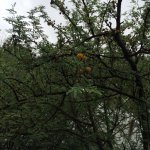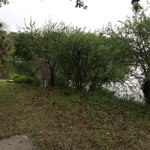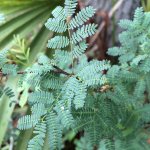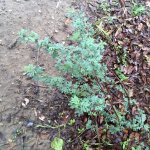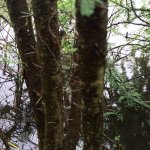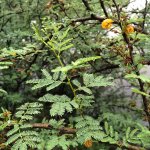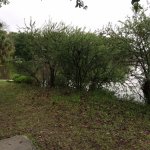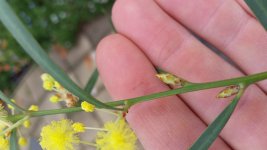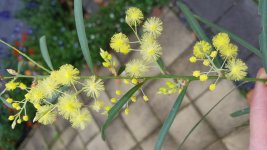Hello! So I have been lurking for a few weeks now, slowly working my way through this thread and other extraction tek threads etc, and I figure it is finally time to lock down my IDs. I've been exploring an area in Southern Sydney which has many hundreds of Acacias throughout it, most of which I suspect are Maidenii (Maidenii is apparently common in Heathcote National Park).
Anyway, I've managed to work my way through numerous trees, and get used to the natural variability to figure out that there seem to be 3 distinct varieties which I would love to lock down the IDs of.
To start off with, here is a photo of all 3 tree branches side by side (these are not fresh, unfortunately):

With that comparison, here are a couple of trees which I think might be Maidenii...or something similar.... The thing which throws me is the two main veins. None of the identification drawings show any of the typical wattles as having two veins, as far as I have been able to tell.
Up close:


After looking at many trees which have (generally) the same phyllodes, and similar bark, this tree was the first one I found with old seed pods on it:

and this tree was just near by the first:

They are still the only two trees I have seen with old seed pods, but I suspect that this is because most other trees lost them long ago. We are clearly just coming into new flower season right now, as you can see in most of the photos the spikes are still young, green, and I have been watching them grow over the last few weeks (the sample in the photos with the ruler is from early-mid April, while the other live trees (below) were late April, for example). So here is one of the many live trees I have found:
Full tree

Branch up close:

and trunk:

And here is a different one:


I'll make a second post with the photos from the other two varieties I am looking at.





